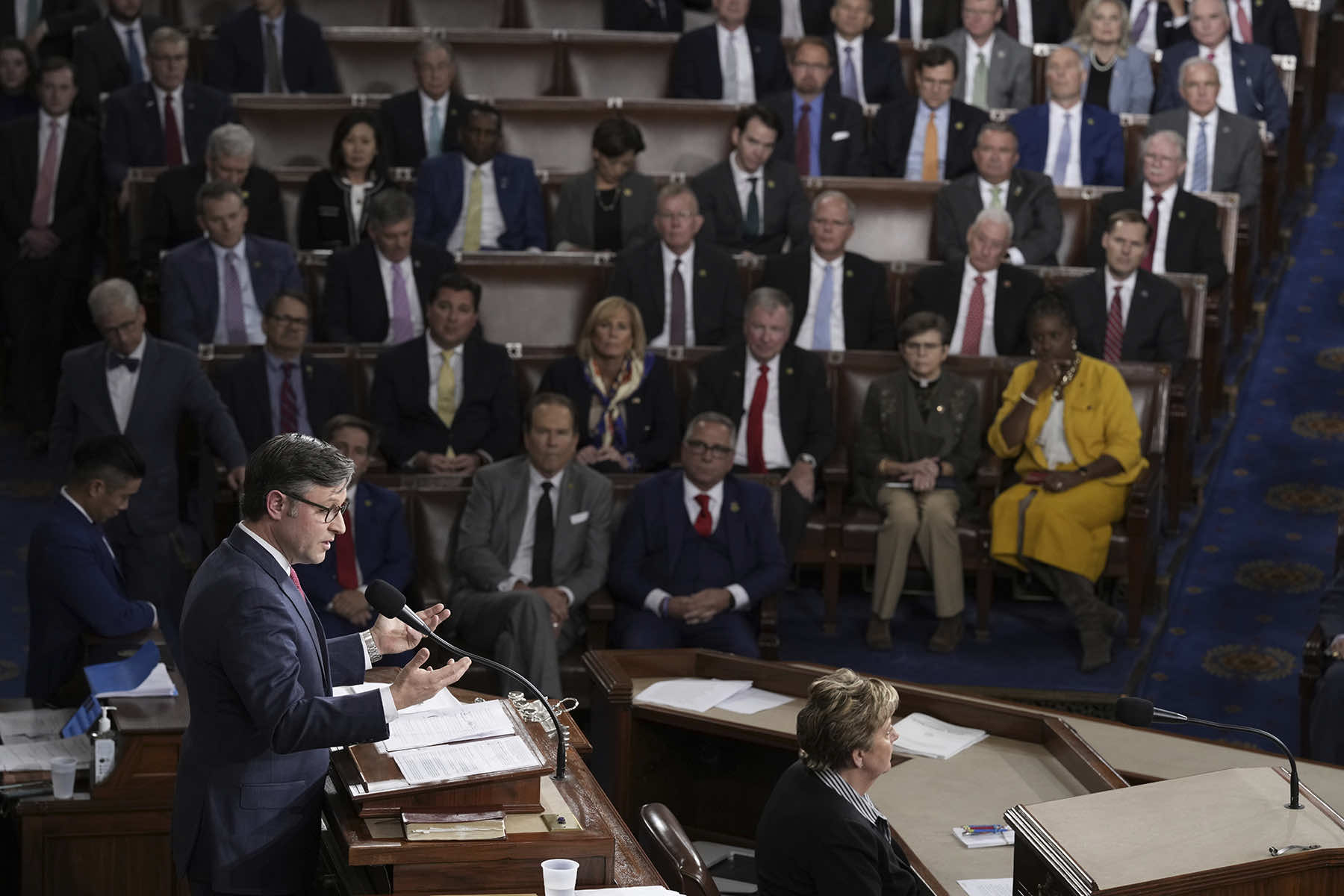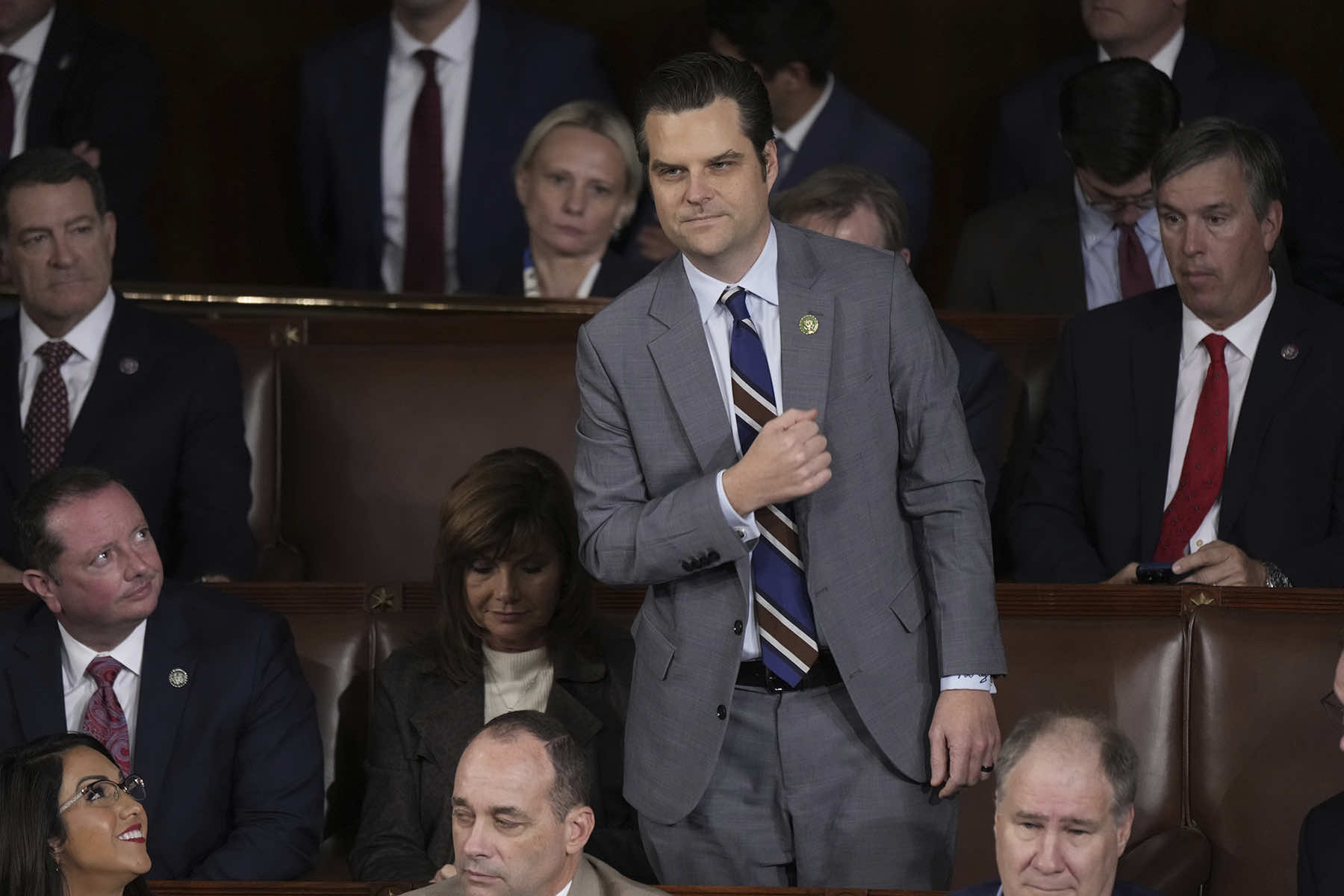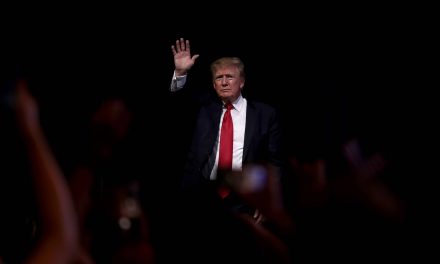
On October 29, 1929, the U.S. stock market crashed. It had been rocked five days before, when heavy trading early in the day drove it down, but leading bankers had seen the mounting crisis and moved in to stabilize the markets before the end of the day.
October 24 left small investors broken but the system intact. On Monday, October 28, the market slid again, with a key industrial average dropping 49 points. And then, on October 29, the crisis hit. When the gong in the great hall of the New York Stock Exchange hit at ten o’clock, the market opened with heavy trading, all of it downward.
When the ticker tape finally showed the day’s transactions, two and a half hours later, it documented that more than 16 million shares had changed hands and the industrial average had dropped another 43 points.
Black Tuesday was the beginning of the end. The market continued to drop. By November the industrial average stood at half of what it had been two months before. By 1932, manufacturing output was less than it had been in 1913; foreign trade plummeted from $10 billion to $3 billion in the three years after 1929, and agricultural prices fell by more than half.
By 1932 a million people in New York City were out of work; by 1933, thirteen million people—one person of every four in the labor force—were unemployed. Unable to pay rent or mortgages, people lived in shelters made of packing boxes.
While the administration of Republican president Herbert Hoover preached that Americans could combat the Depression with thrift, morality, and individualism, voters looked carefully at the businessmen who only years before had seemed to be pillars of society and saw they had plundered ordinary Americans.
The business boom of the 1920s had increased worker productivity by about 43%, but wages did not rise. Those profits, along with tax cuts and stock market dividends, meant that wealth moved upward: in 1929, 5% of the population received one third of the nation’s income.
In 1932, nearly 58% of voters turned to Democratic president Franklin Delano Roosevelt, who promised them a “New Deal”: a government that would work for everyone, not just for the wealthy and well connected.
As soon as Roosevelt was in office, Democrats began to pass laws protecting workers’ rights, providing government jobs, regulating business and banking, and beginning to chip away at the racial segregation of the American South. New Deal policies employed more than 8.5 million people, built more than 650,000 miles of highways, built or repaired more than 120,000 bridges, and put up more than 125,000 buildings.
They regulated banking and the stock market and gave workers the right to bargain collectively. They established minimum wages and maximum hours for work. They provided a basic social safety net and regulated food and drug safety.
When he took office in 1953, Republican Dwight D. Eisenhower built on this system, adding to the nation’s infrastructure with the Federal-Aid Highway Act, which provided $25 billion to build 41,000 miles of highway across the country; adding the Department of Health, Education, and Welfare to the government and calling for a national healthcare system; and nominating former Republican governor of California Earl Warren as chief justice of the Supreme Court to protect civil rights. Eisenhower also insisted on the vital importance of the North Atlantic Treaty Organization (NATO) to stop the Soviet Union from spreading communism throughout Europe.
Eisenhower called his vision “a middle way between untrammeled freedom of the individual and the demands of the welfare of the whole Nation.” The system worked: between 1945 and 1960 the nation’s gross national product (GNP) jumped by 250%, from $200 billion to $500 billion.
But while the vast majority of Americans of both parties liked the new system that had helped the nation to recover from the Depression and to equip the Allies to win World War II, a group of Republican businessmen and their libertarian allies at places like the National Association of Manufacturers insisted that the system proved both parties had been corrupted by communism. They inundated newspapers, radio, and magazines with the message that the government must stay out of the economy to return the nation to the policies of the 1920s.
Their position got little traction until the Supreme Court’s 1954 Brown v. Board of Education decision declaring segregation in public schools unconstitutional. That decision enabled them to divide the American people by insisting that the popular new government simply redistributed tax dollars from hardworking white taxpayers to undeserving minorities.
A promise to cut the taxes that funded social services and the business regulations they insisted hampered business growth fueled the election of Ronald Reagan for president in 1980. But by 1986 administration officials recognized that tax cuts that were driving the deficit up despite dramatic cuts to social services were so unpopular that they needed footsoldiers to back businessmen.
So, Reagan backed the creation of an organization that brought together big businessmen, evangelical Christians, and social conservatives behind his agenda. “Traditional Republican business groups can provide the resources,” leader of Americans for Tax Reform Grover Norquist explained, “but these groups can provide the votes.”
By 1989, Norquist’s friend Ralph Reed turned evangelical Christians into a permanent political pressure group. The Christian Coalition rallied evangelicals behind the Republican Party, calling for the dismantling of the post–World War II government services and protections for civil rights — including abortion — they disliked.
As Republicans could reliably turn out religious voters over abortion, that evangelical base has become more and more important to the Republican Party. Now it has put one of its own in the House Speaker’s chair, just two places from the presidency.
On October 25, after three weeks of being unable to unite behind a speaker after extremists tossed out Kevin McCarthy (R-CA), the Republican conference coalesced behind Representative Mike Johnson (R-LA) in part because he was obscure enough to have avoided scrutiny.
Since then, his past has been unearthed, showing interviews in which he asserted that we do not live in a democracy but in a “Biblical republic.” He told a Fox News Channel interviewer that to discover his worldview, one simply had to “go pick up a Bible off your shelf and read it. That’s my worldview.”
Johnson is staunchly against abortion rights and gay rights, including same-sex marriage, and says that immigration is “the true existential threat to the country.” In a 2016 sermon he warned that the 1960s and 1970s undermined “the foundations of religion and morality in the U.S.” and that attempts to address climate change, for example, are an attempt to destroy capitalism.
Like other adherents of Christian nationalism, Johnson appears to reject the central premise of democracy: that we have a right to be treated equally before the law. And while his wife, Kelly, noted last year on a podcast that only about 4% of Americans “still adhere to a Biblical worldview,” they appear to reject the idea we have the right to a say in our government. In 2021, Johnson was a key player in the congressional attempt to overturn the lawful results of the 2020 presidential election.
In his rejection of democracy, Johnson echoes authoritarian leaders like Russia’s Vladimir Putin and Hungary’s Viktor Orbán, both of whom have the loyal support of America’s far right. Such leaders claim that the multiculturalism at the heart of democracy ruins nations.
The welcoming of various races and ethnicities through immigration or affirmative action undermines national purity, they say, while the equality of LGBTQ+ individuals and women undermines morality. Johnson has direct ties to these regimes: his 2018 campaign accepted money from a group of Russian nationals, and he has said he does not support additional funding for Ukraine in its fight against Russian aggression.
The rejection of democracy in favor of Christian authoritarianism at the highest levels of our government is an astonishing outcome of the attempt to prevent another Great Depression by creating a government that worked for ordinary Americans rather than a few wealthy men.
But here we are.
After Johnson’s election as speaker, extremist Republican Matt Gaetz of Florida spelled out what it meant for the party…and for the country: “MAGA is ascendant,” Gaetz told former Trump advisor Steve Bannon, “and if you don’t think that moving from Kevin McCarthy to MAGA Mike Johnson shows the ascendance of this movement, and where the power of the Republican Party truly lies, then you’re not paying attention.”
J. Scott Applewhite (AP), Jose Luis Magana (AP), and Alex Brandon (AP
Letters from an Аmerican is a daily email newsletter written by Heather Cox Richardson, about the history behind today’s politics

















